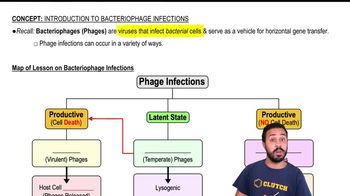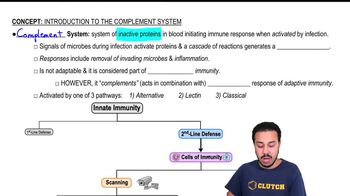Which of the following is not one of Koch's postulates?
a. The same pathogen must be present in every case of the disease.
b. The pathogen must be isolated and grown in pure culture from the diseased host.
c. The pathogen from pure culture must cause the disease when inoculated into a healthy, susceptible laboratory animal.
d. The disease must be transmitted from a diseased animal to a healthy, susceptible animal by direct contact.
e. The pathogen must be isolated in pure culture from an experimentally infected lab animal.




